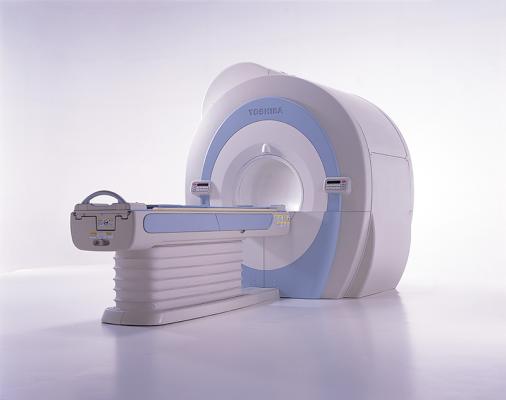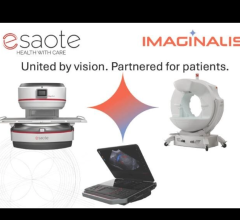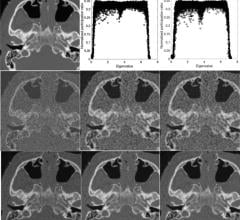
September 26, 2012 — The average age of installed magnetic resonance imaging (MRI) scanners in the United States has increased from eight years in 2007 to 10.9 years in 2011, according to a new market research report by IMV Medical Information Division.
“The last spike of new MR installations extended from 2002 to 2004,” observed Lorna Young, senior director, market research at IMV. “The research finds that the MRI market is ready for replacement of the older units that are at the end of their useful lives. Providers are also planning to take advantage of the wider bore sizes that are now available."
Survey results indicate that two out of every three new MR installations will be wide-bore. Young noted that 1.5T units are still the mainstay of the modality, representing 70 percent of all recently installed MR scanners and 70 percent of all systems currently in place.
While overall procedures performed in the United States rose an estimated 6 percent to 32 million procedures from 2010 to 2011, utilization at the site level increased 4 percent and the average number of MR procedures performed per scanner fell 4 percent. Respondents reported that reductions in reimbursements, from both Medicare and third-party payors, caused their MR revenues to decline despite the slight increase in utilization.
Lower and upper extremity procedures grew 15 percent from 2010 to 2011, making these applications the biggest contributor to MR procedure growth, the research found. Other areas of MR procedure growth were orthopedic and neurological procedures.
The risk of nephrogenic system fibrosis (NSF) remains a concern for providers considering the use of gadolinium-based contrast agents (GBCA). More than 75 percent of the survey respondents stated that NSF prevention is a priority patient-management issue for their departments.
The report describes trends in MR patient exams by procedure type, MR installed base by manufacturer and year of installation, planned purchases and market scenarios for unit sales through 2016, contrast media expenditures by supplier, site operations characteristics, and department managers' opinions about the factors affecting the future outlook for MR at their facility. Other report highlights include:
- 63 percent of all MR studies were performed in hospitals or in hospital-owned imaging centers.
- 22 percent of all MR users plan on purchasing a new system in the next three years.
- 6 percent of all MR sites use a mobile service.
- 37 percent of all MR procedures used contrast in 2011, declining from 42 percent in 2010.
- Spine, brain, and lower and upper extremities comprised the four largest categories of MR procedures.
For more information: www.MReport.imvinfo.com


 December 04, 2025
December 04, 2025 









